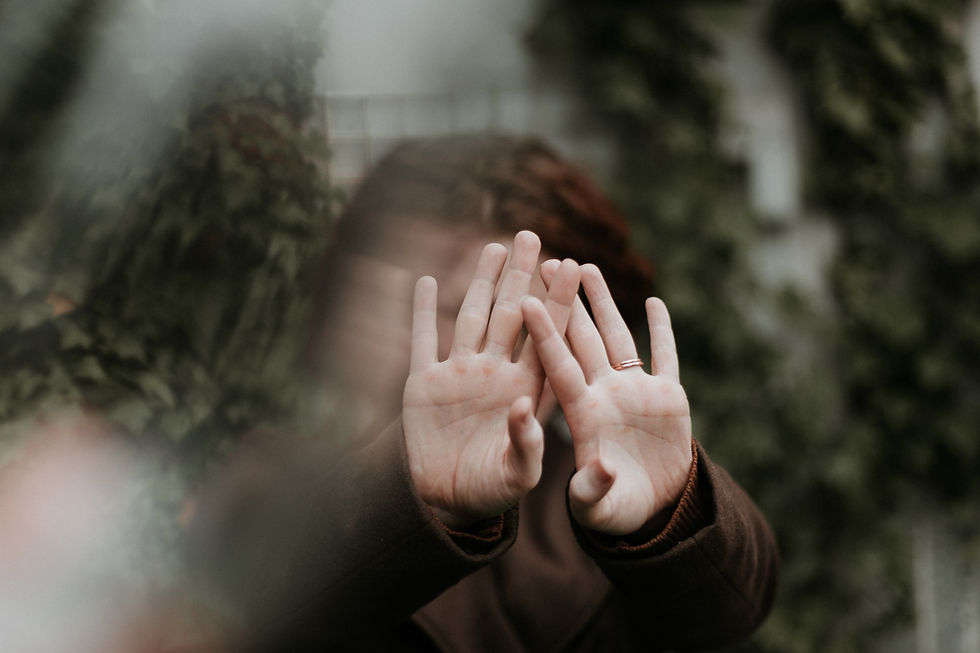6 Types of Bananas You Need to Know About
- Shidonna Raven

- Aug 8, 2021
- 4 min read
Written by Molly Watson
The Spruce Eats / Madelyn Goodnight Updated 03/25/20
Source: Dr Health Benefits
Photo Source: Unsplash, Fabrizio Frigeni
From Apple Bananas to Williams Bananas Nicolas Ayer / EyeEmIf you're lucky enough to live in a banana-growing climate, your farmers market or local store may well sell a variety of bananas. To those of you in less tropical climes, such variety seems like sheer madness and something to look for when you visit.
What all bananas have in common is a fairly starchy texture, a mildly sweet flavor as compared to other tropical fruits, and the wonderful ability to keep ripening after they've been plucked from their trees. As tropical fruits, bananas don't care for the chill of the fridge, so it's best to store them at room temperature, where they'll continue to ripen gradually. If you want to speed things up, simply pop them in a paper bag. Have too many bananas to handle? Throw them in the freezer -- still in the peel, if you want. Their texture won't be great for straight eating, but frozen bananas transform smoothies to a milkshake-like thickness and are perfect for baking banana bread or banana muffins. Apple Bananas Apple bananas are exceptionally sweet, hence their other name, Candy Apple Banana. They are grown in the rainy tropical forests in Hawaii. Their flesh is firm and has a slight pinkish tone. The sweet, moist fruit is perfect for snacking or using in desserts and is particularly well suited to adding to fruit salads and other raw preparations since it doesn't brown as quickly as other banana varieties. Cavendish Bananas *currently in danger of becoming extinct and the world's most sold banana Cavendish bananas are the most common variety. They are the long yellow, slightly sweet bananas at supermarkets around the U.S. They go from under-ripe green to perfectly ripe and still firm mellow yellow, to riper deep yellow with a brown spot or two, to super soft and browning. The perfect ripeness depends on personal taste. Super ripe and browning bananas can be thrown in the fridge -- peel and all -- and peeled and used to make smoothies or banana bread.
Williams bananas are the same as Giant Cavendish. They are large, mild, and sweet. Where they're grown, they're often sold green and underripe. Like all bananas, they continue to ripen after being picked. To hasten ripening, store them in a paper bag at room temperature. Lady's Finger Bananas Lady's Finger bananas are smaller and sweeter than the ubiquitous longer, milder Cavendish. They can be used in the same way, but make particularly portion-controlled snacks, especially for kids. Pisang Raja Pisang Raja bananas are popular in Indonesia, where they are often used to make banana fritters. They are also known as Musa Belle bananas. Red Bananas There are many types of red bananas, but they share two key things in common: they look super cool, and they tend to be on the sweeter side of the banana flavor family. Eat them out of hand or add them to dishes, but when they're red, they're ready to eat! Cooking Bananas Cooking bananas, like plantains, are better thought of as potatoes than as bananas. They can be roasted, steamed, fried into tasty chips, and otherwise used like any starchy vegetable. They are sold green, and many different types of bananas can be used as "cooking bananas" while they're still green and starchy.
The Cavendish Banana, the world's most sold banana, the one you are use to seeing in your local grocery store - is currently in danger of becoming extensive because this banana like many foods today have been breed or created without seed to prevent people from growing their own foods. In fact we are still searching for banana seeds. These manufactured foods and / or GMOs (genetically modified organism) or more science than nature intended and simple biology, which remains highly controversial today. Nonetheless, many people refuse to commit to switch to organic foods and to support their local small farmers. Before the Cavendish Banana the Gros Michael was the world's most sold banana until it became extinct!
With the onset of the Pandemic what are known as Victory Gardens became popular and likely remain popular to this day. As many face difficult economic times, these gardens begin to pop up throughout the United States. Eleanor Roosevelt begin and coined the term Victory Garden during tough economic times. She planted hers as a means of addressing the stiff economic times during WWII. They resurfaced during the pandemic.
Many consider shopping for rather than growing their own foods to be a matter of convince, What if there were no seeds for people to plant and to grow food? What if food was manufactured by scientists rather than grown by farmers? What role do industrial farming complexes play in all this?
Share the wealth of health with your friends and family by sharing this article with 3 people today.
If this article was helpful to you, donate to the Shidonna Raven Garden and Cook E-Magazine Today. Thank you in advance.






Comments